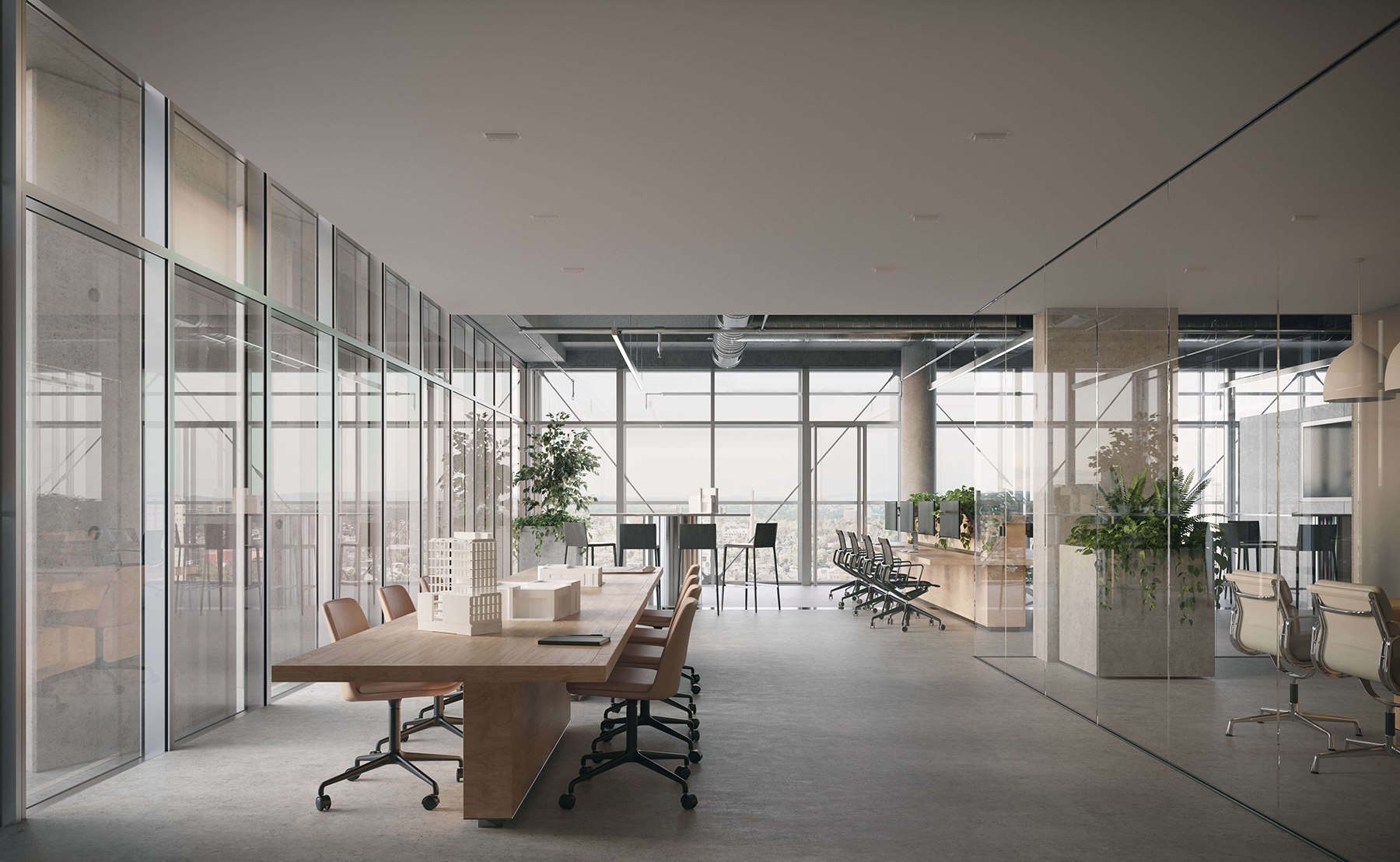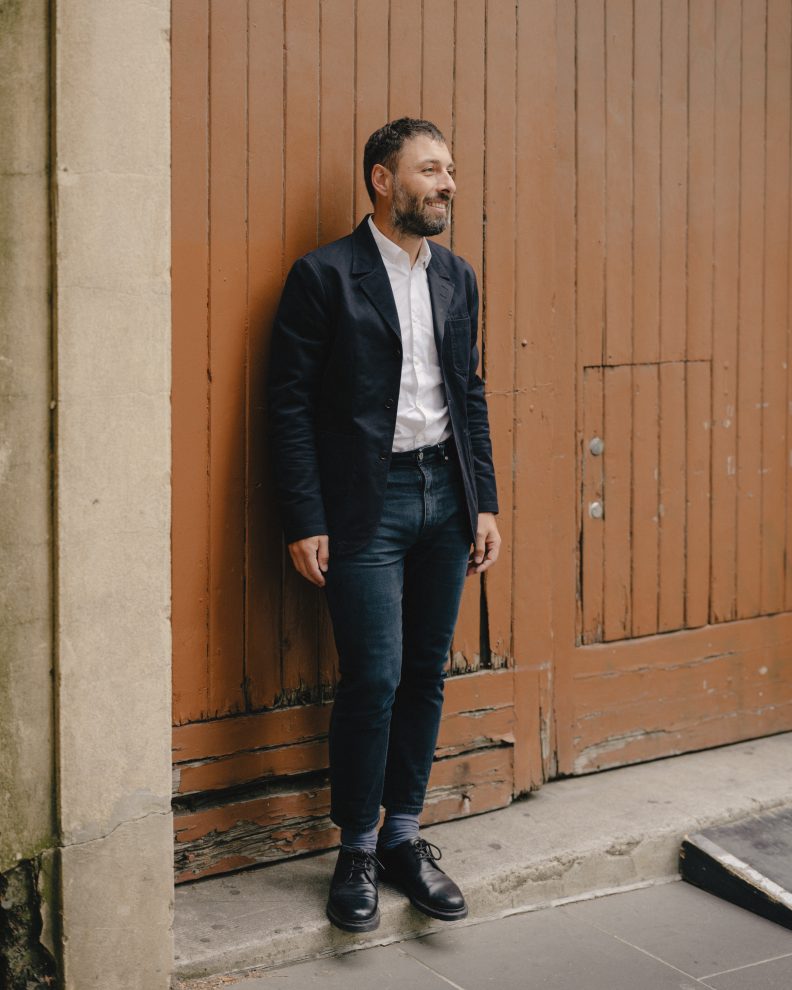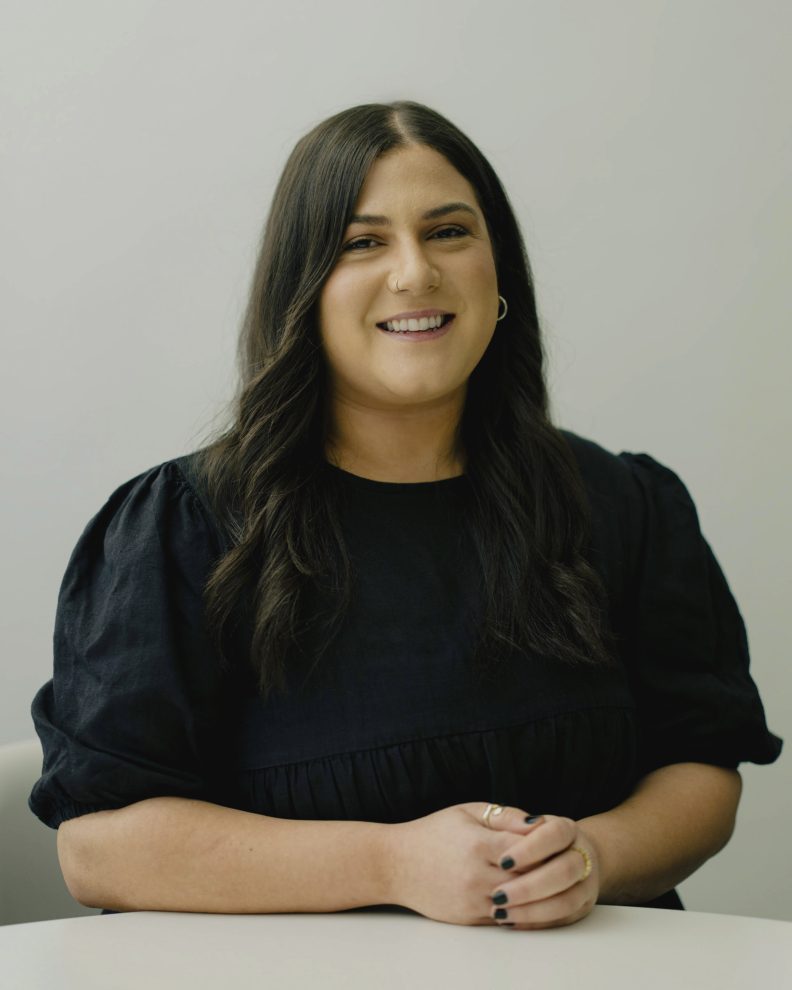
As we experience and explore new ways of working in an era defined by uncertainty, the opportunity to delve into the interplay between innovation and the workplace is readily embraced at Carr. Last month, Senior Interior Designer Ashleigh Ward and Senior Associate Catherine Keys attended WORKTECH24 Melbourne, a conference for all those involved in the future of work.
Focusing on people, place and technology, the event looked at the dynamic intersection between design and the latest research. Part of the commercial interiors team, Ashleigh discusses the key takeaways from the day and what this means for the design profession.

“I would describe myself as a process-driven designer,” says Ashleigh. “I enjoy reiterating and testing options to ensure my plan is bulletproof before moving onto the next step.” Working across all stages of a project’s lifespan, Ashleigh loves creating a narrative that underpins projects, with a firm commitment to return to the big idea to ensure “clarity of the concept throughout”.
With experience across multiple sectors and diverse stakeholders, Ashleigh has a strong sensibility for crafting commercially sound and thoughtful workplaces. With a keen awareness of current industry trends, Ashleigh integrates a deep understanding to help build environments that are both functional and intuitive.
Sensory and sensitive
For Ashleigh, the importance of frictionless technology is fundamental in improving company culture and productivity. A sentiment shared during WORKTECH that resonated with her was that the quality of technology a company uses is a measure of the quality of the organisation itself. And with hybrid working here to stay, technology needs to work harder beyond the office. “It’s the role of technology to ensure that people feel close even when they’re apart. An example of this would be a multi-camera system that mimics the perspectives of being in the actual room or having cameras on the ceiling to show what’s happening on the table, such as sketching,” explains Ashleigh.
Ashleigh is quick to point out the productive relationship between frictionless design and neurodiversity. “My brother is autistic, so designing accessible spaces is extremely important to me. The technology we’re seeing not only assists neurodiverse people but empowers them to preview and curate their environments to their unique preferences. Companies are providing features like virtual animations of flythroughs with the ability to book zones that are not overly stimulating while removing the anxiety of experiencing a space for the first time publicly.”
How does Australia stack up?
Observing global themes that are shaping the future of work, Ashleigh surmises the local market with two views, “Australia is the vanguard when it comes to workplace design, but we are risk averse when it comes to research and development funding. I’m not certain we have bounced back as quickly as the United States has post-COVID.”
The need for increased analysis is only growing as a necessity as more workplace planning becomes informed by data, rather than HR policies. The ‘augmented workplace’, with its sensors and smart devices, is driven by numbers. “You can iterate your workplace depending on data. People want smaller offices that possess character. If you look at the data showing who’s coming in and how they are enthusiastically using spaces, then you can accurately optimise the floorplate to facilitate a better experience.”
Trial and error
From Ashleigh’s experience and insight shared at WORKTECH, piloting and prototyping spaces are key to ensuring assets are used to maximum efficiency. “For the design team, the briefing stage is where you interrogate the client’s existing space and what does or doesn’t suit them. We can then create alternative working or collaborative environments that are tested by the same stakeholders or wider user groups in a prototype room. This enables us to gather feedback and pivot if required,” explains Ashleigh. Intel from staff can also be passed on to executives to facilitate change management. “Our research and designs can challenge business objectives based on our previous learnings and expertise,” she adds.
Another change witnessed in the workplace sector in the last several years is the move from client-facing office design to more team-oriented layouts. “This shift is an example of pivoting the floorplate based on evolving needs. We’re seeing collaborative and break-out spaces right at the front of workplaces. Entrances are far more activated now, rather than being dead zones.” By prioritising active listening and strategic briefing, the design team is well-equipped to shape, adapt and progress designs to accommodate changing requirements.
Like Carr, Ashleigh is highly conscious of the impact workplace design has on both the day-to-day lives of its occupants and a company’s commercial productivity. She adds, “Understanding the different influences impacting work, ensures the strategic decisions we make as designers add value to a workplace, not just for now but for well into the future.”
Learn about asset revitalisation with Senior Associate Catherine Keys.












































































































































































































































